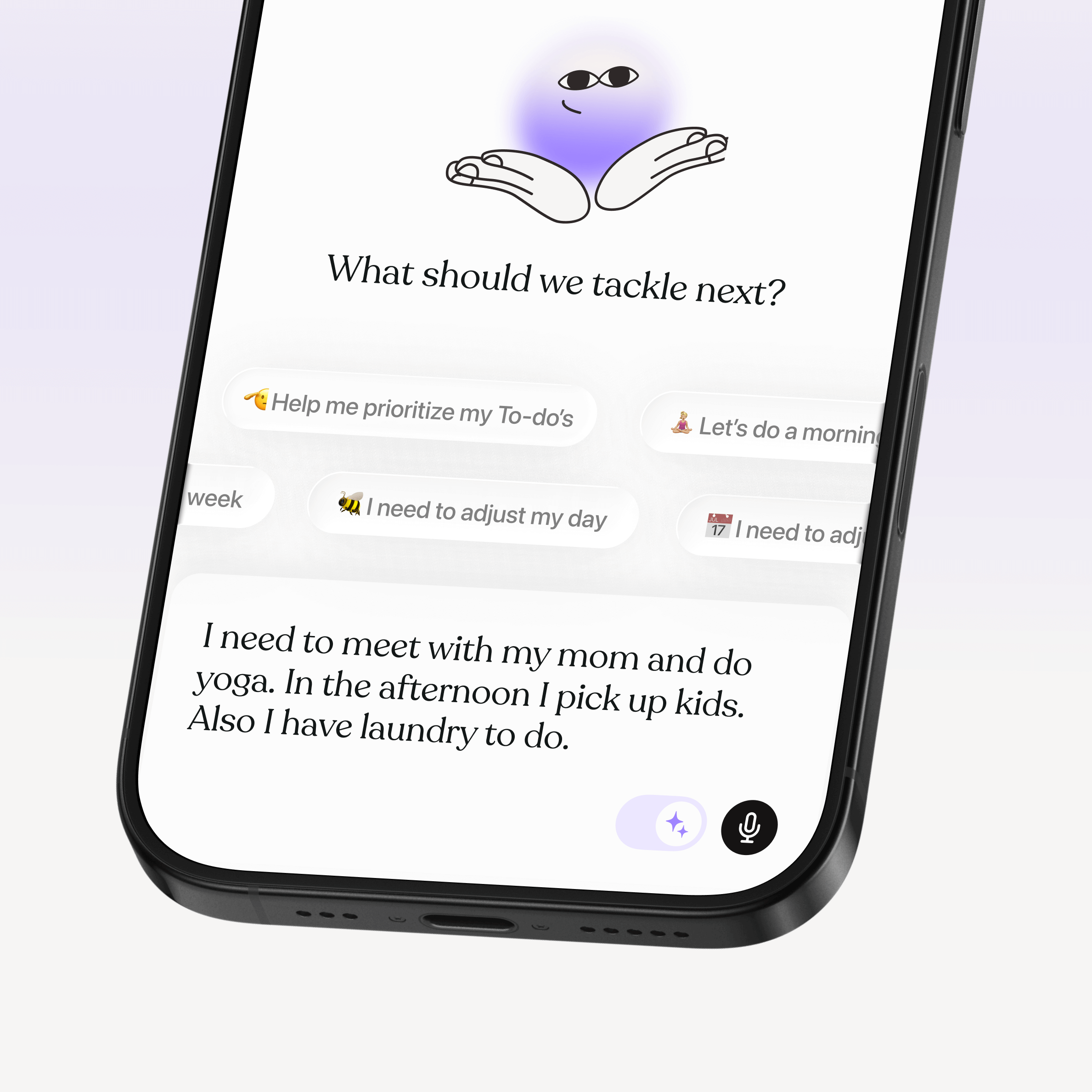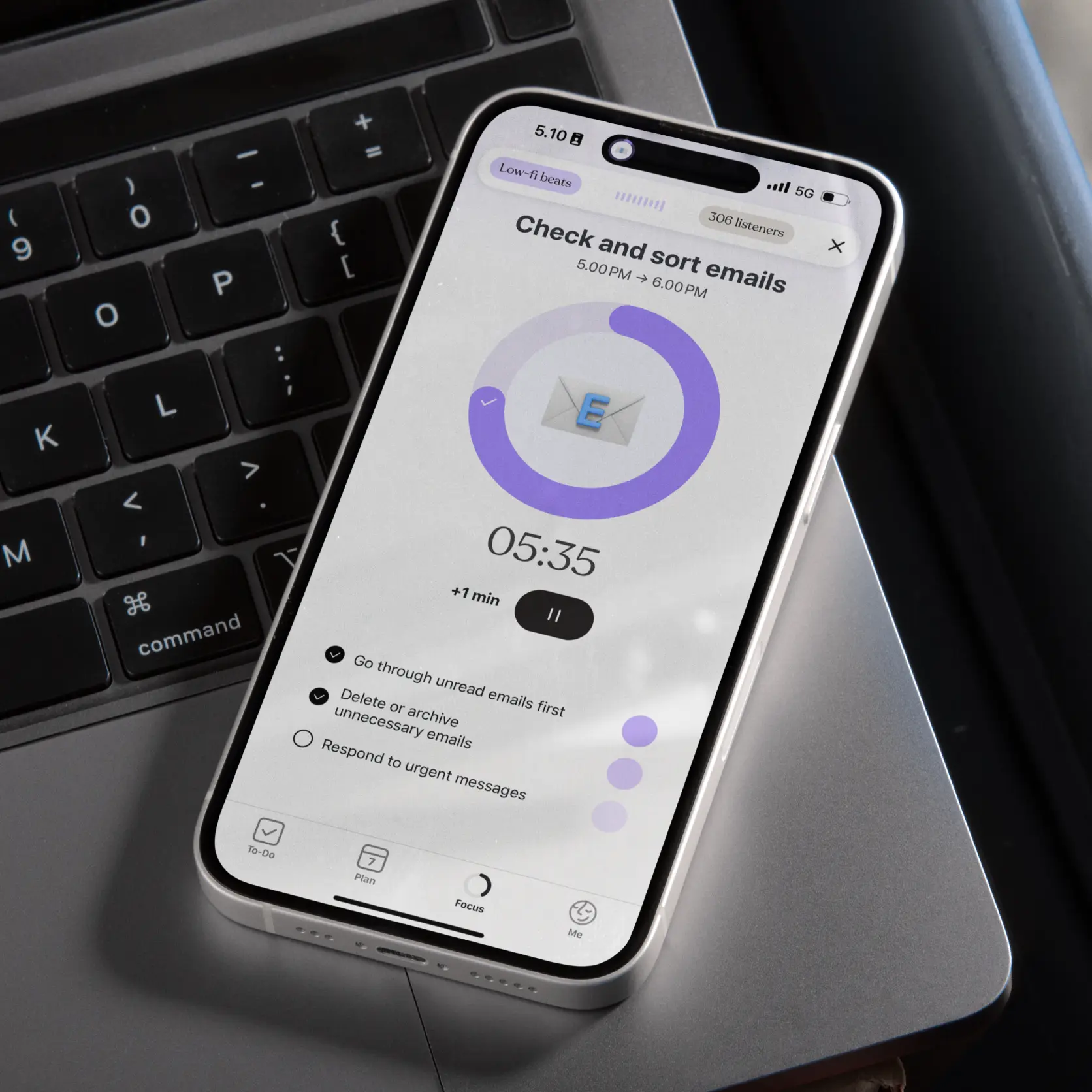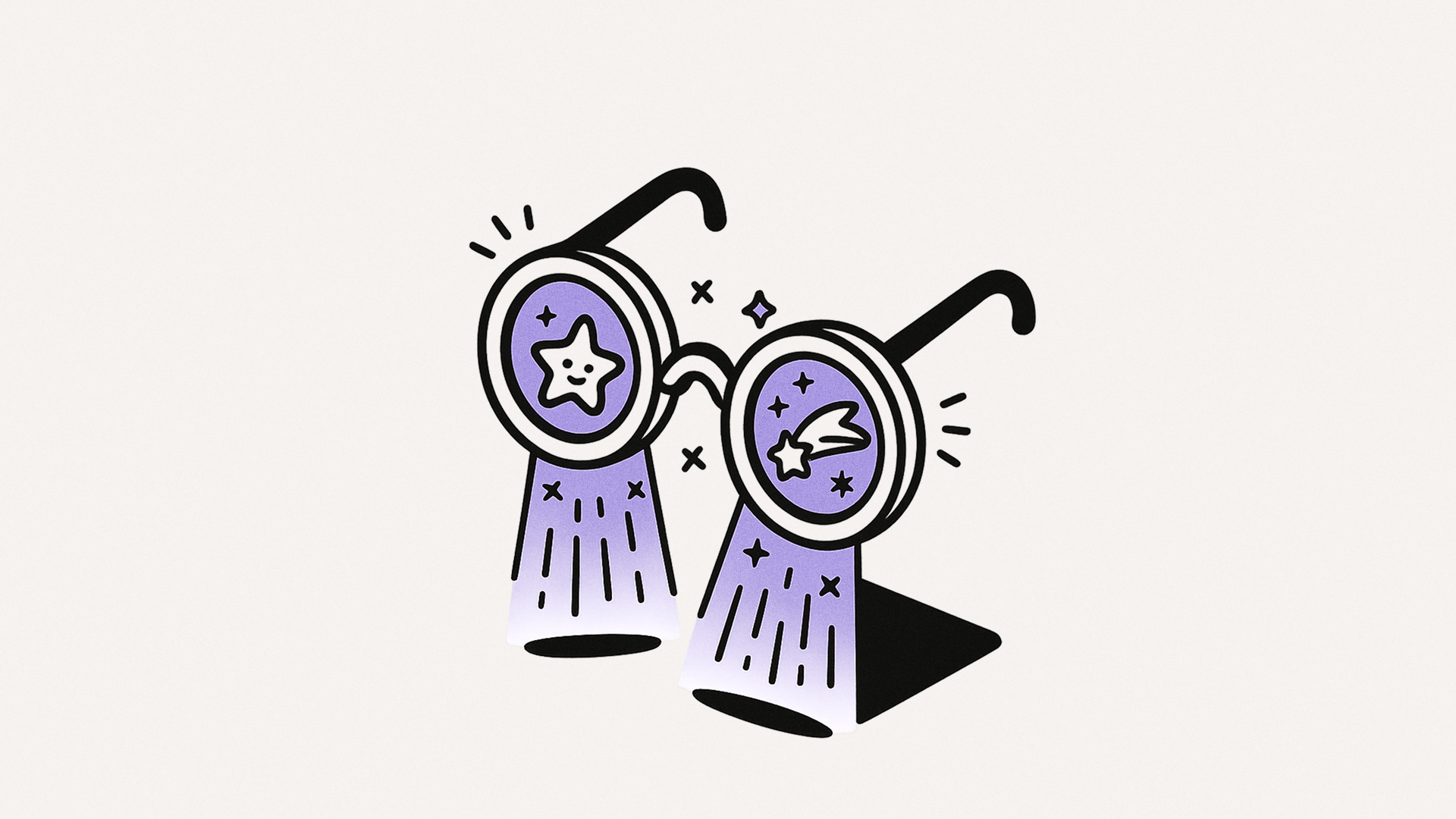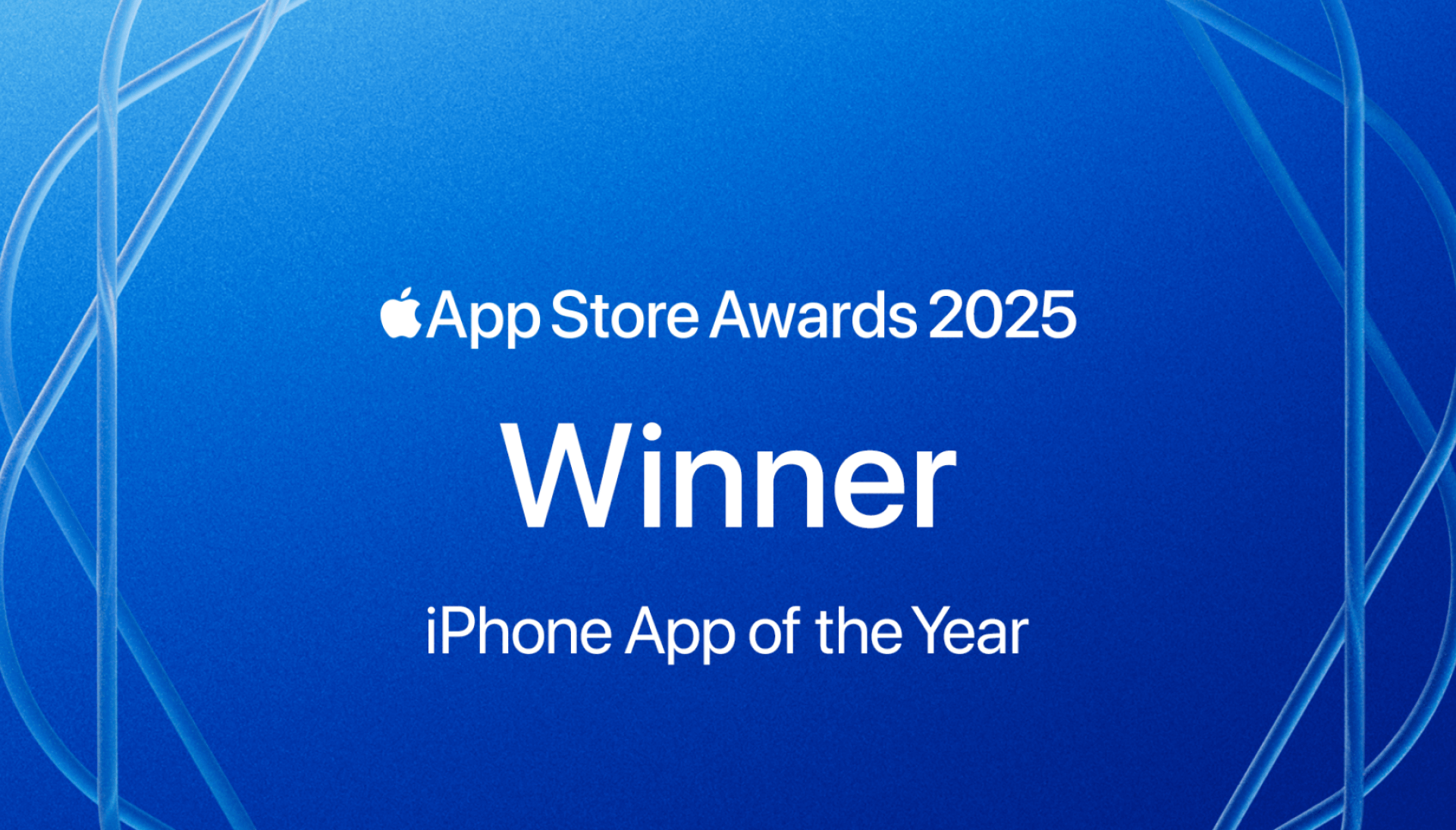A lot of people with ADHD have a fraught relationship with impulsivity. At times, our spontaneity and free-spiritedness can bring new friends, grand adventures, and intense joy. At other times, our struggle to control this impulsivity can wreak absolute havoc on our social relationships, self-image, and health. This fraught relationship can lead to a great deal of guilt, shame, and embarrassment, but understanding how impulsivity works may just offer us an opportunity to build a better relationship with it and limit its most negative consequences.
How impulsivity works
Everyone experiences impulsivity sometimes. Our impulses drive us towards taking action and can be urges for just about anything. We can experience impulses to do healthy or important actions just as we can experience impulses towards dangerous or destructive ones. While there is a tendency to focus on the times when impulsivity has led to negative short-term or long-term consequences, the impulses themselves are morally neutral.
The impulses we experience are informed by our desires and goals, our past experiences and upbringing, or our social and physical environment. Regardless of the source of the impulse, once it occurs and we feel the urge to do something, our executive functioning system takes over, or at least it's meant to. Executive functioning encompasses multiple cognitive processes including working memory, inhibition, and cognitive flexibility, all working together to help us navigate our impulses effectively.
Because it would take a lot of energy to stop every impulse and specifically choose which to let through, the brain basically does the opposite. If we have an impulse and our inhibition doesn't send a response telling us to stop, we assume everything is fine to proceed. This process relies on working memory to hold relevant information in mind while we quickly evaluate whether to act. It's like sending a text to your partner saying "I'll pick up pizza on the way home." If you don't get a response, you can follow through with the plan and pick up the pizza, but if your partner texts back to say they don't actually want pizza tonight, you can stop and make a different choice.
For most people this works well enough, but for people with ADHD and other conditions that affect executive functioning, this coordination between working memory, inhibition, and cognitive flexibility may not happen as smoothly or quickly. This means that by the time we get a response telling us "maybe don't do that", we may have already built up momentum or committed to an action. You may be in the middle of ordering the pizza, so to speak, by the time your partner tells you they really, really don't want pizza again.
The impacts of ADHD impulsivity
While the pizza dinner analogy is a low-stakes example, this same pattern can have dramatically worse consequences. If you have an impulse to make a nasty comment to your partner during a fight, for example, this delayed inhibition can mean that inhibition doesn't stop you until the word is halfway out of your mouth, potentially harming your partner and/or your relationship.
Unfortunately, these negative consequences don’t end there. Because impulses can be just about anything, impulsivity can impact just about every part of our lives. It can mean clicking ‘Buy Now’ before inhibition reminds us that we don’t need it, impacting our finances. It can mean getting halfway to the cupboard before inhibition tells us we aren’t actually hungry, impacting our relationship with food. It can mean committing to a social event before realising we don’t have the energy or time for them, impacting our relationships.
Regardless of the situation, this pattern where we start doing something only for inhibition to tell us we shouldn’t after we’ve already started can profoundly impact our understanding of ourselves, what we want, and the type of person we believe ourselves to be. This can significantly impact our self-image and leave us feeling guilty, ashamed, or embarrassed of our impulses or our impulsive actions, thus reinforcing our negative relationship with impulsivity.
Building a better relationship with impulsivity
Our relationship with impulsivity doesn't have to be negative, though. Impulses are a natural part of life, and can encourage us to take healthy and adaptive action just as well as they can encourage us to take harmful and maladaptive ones. Our relationship with impulsivity doesn't have to be all or nothing, meaning we don't need to limit all impulsive actions or prevent all impulses.
Since people with ADHD are impulsive, at least in part, due to a delayed inhibition response, trying to shoehorn an alternative between our impulse and our action is unlikely to work. Actions like counting to five, writing down the pros and cons, talking yourself down, and others can sound appealing but ultimately rely on a timely inhibition response that most people with ADHD don't have.
Instead, the strategies that are most likely to help us improve our relationship with impulsivity are those we can implement after starting to act on an impulse, or those that give us time for our inhibition response to catch up:
- Build in natural delays: Add friction to impulsive actions by removing payment methods from online stores, keeping your phone in another room, or asking stores to hold items for 24 hours before purchasing.
- Create "pause points": Set up systems where you naturally have to stop mid-action, like requiring a second confirmation before sending emails or texts, or having a trusted friend you text before making big decisions.
- Practice the "redirect, don't stop" approach: When you catch yourself mid-impulse, redirect the energy toward a similar but less harmful action rather than trying to stop completely (like doing jumping jacks instead of sending that text).
- Use the "impulse inventory" method: After acting on an impulse, take note of what happened without judgment - this builds awareness over time and helps you recognize patterns.
- Harness helpful impulses: Notice when your impulses lead to positive outcomes (like suddenly cleaning your room or texting a friend) and create environments where these beneficial impulses are more likely to occur.
- Plan for your impulse patterns: If you know you're likely to impulse-buy when stressed, prepare alternatives like having a "impulse fund" or a list of free activities that give you the same satisfaction.









